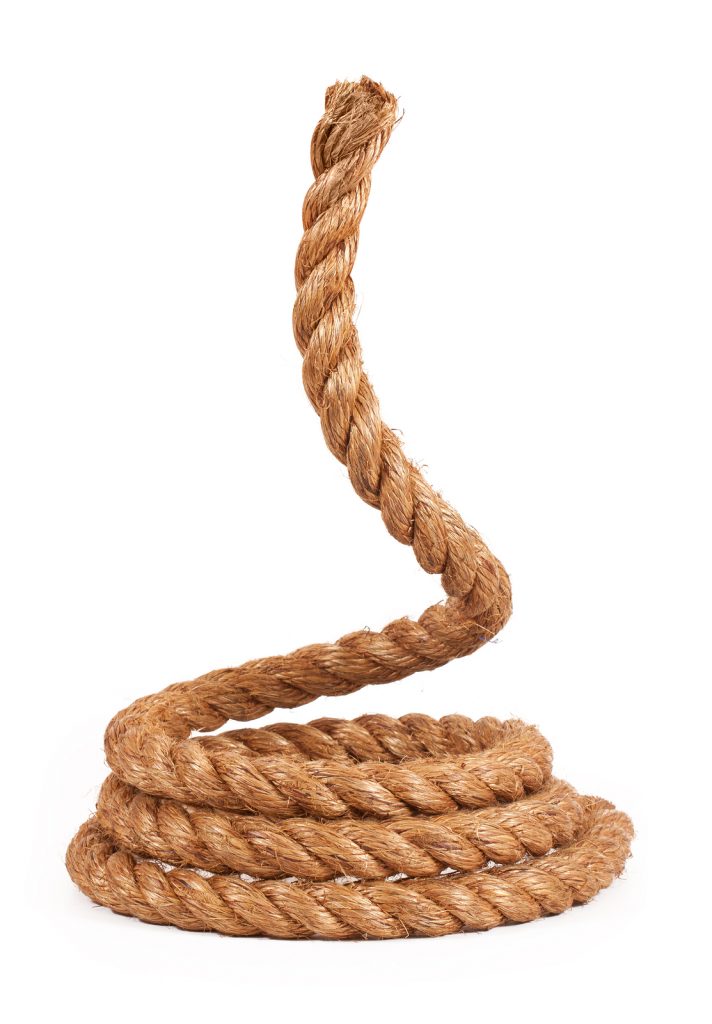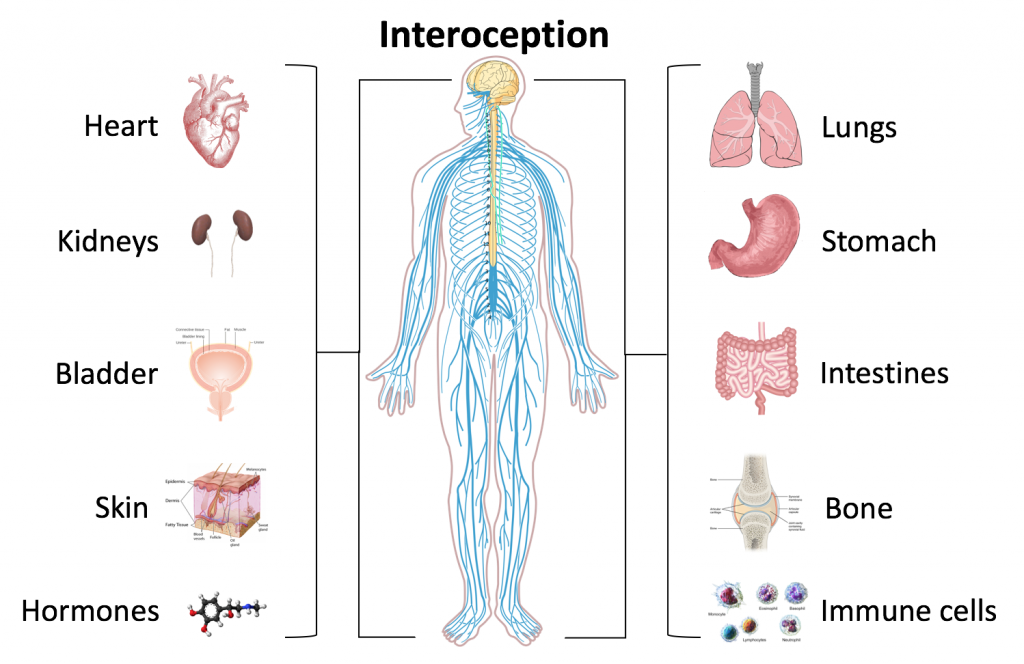Trauma Training Tip
On February 12th, the Lunar New Year arrived! It signals the movement from Winter to Spring – and marks the beginning of the movement of the sap in the trees. In our East-meets West model, the energy of the Wood Element and the Mobilize A Response phase of the Self-Protective Response are rising.

The Wood supports our capacity to “protect and defend” ourselves and those we perceive to be vulnerable. It governs our capacity to mobilize a “fight/flight/feign” response to a perceived threat.
2020 (and into 2021) has been a highly challenging year for our nation’s and our world’s autonomic nervous system. CoVid has created a sense of constant, invisible life threat. Long over-due and perhaps ancestral expressions of previously thwarted impulses to protect and defend against threats – to ourselves and to those who we perceive to be more vulnerable – have found their expression on our nation’s streets and in our national discourse.
The issue of the divisions in society over the virus and the impact it is having on our capacity to “walk towards each other” instead of polarizing further has become quite thought provoking for me.
So – here’s my trauma physiology application:

We have a human, biological need for a tribe. We resonate at a vibrational level with people who we feel safe with. Our distant ancestors always had a member who was very sensitive to hearing that saber toothed tiger in the bush. That member’s vibration of fear was communicated throughout the tribe by virtue of each member’s capacity to experience a vibrational resonance with others. Evolution selected for this capacity to discern danger quickly – and to communicate via vibrational states of co-regulation and resonance.
It was/is critical for our survival to resonate with each other around issues of life threat. We can’t navigate life alone; we need each other to manage our survival. It’s not about cognitive understanding of an issue, it’s an energetic thing.
The CoVid pandemic has created a fear pandemic that rides alongside it
In the world of trauma physiology, humans manage overwhelming fear in two ways. Some of our bodies and histories have created states where we “over-couple” to the fear – we tend to only see the fear and miss “the daisies.” We resonate to a tribe that shares the same resonance. We fiercely wear masks and disparage people who go to Super Bowl parties and feel unsafe being around people who disagree with our fear assessment.
Others of us feel safer looking away from the fearful thing – we “under-couple” to it – and we resonate to nervous systems that are also under-coupled. We don’t wear masks and consider those who do to be duped by big brother and so challenging to our under-coupled world view, that we feel unsafe and challenged to be around them.
Alaine’s Two Cents
Those of us who adhere most strongly to either of these over- or under-coupled poles will likely have some form of conspiracy theories – but we won’t share the same ones.
When fear is intense and felt in a large social context, these ways of managing fear become more polarized and more pronounced and we can become organized into opposing “tribes.” Our social discourse is influenced in big and powerful ways. Both groups feel like they are protecting life itself and so of course the feelings are strong and powerful.
So – both over-coupled and under-coupled people are experiencing fear at the root of their world-view. That fear provides fuel for a mobilization response that can sometimes result in a lack of capacity to inhibit anti-social impulses – like the storming of the US Capitol on January 6.

The truth is, we are more similar than we are different. We are just managing our fear differently.
If we can help each other find a sense of safety, we will be less likely to mobilize a fight or flight response that may have regrettable outcomes – we will be better able to perceive the difference between “a rope or a snake.”
Check This Out!
My colleague and friend Anna Smith, LAc, MPH, DACM is a professor of Public Health at Pacific College of the Health Sciences. She invited me to share my thoughts on “Trauma and Public Health: A Healer’s Role” for her students.
In this recording, I share my journey through various public health settings – working with both Active Duty Service Members and Veterans as well as immigrants and refugees – here in the national capitol area and in Tijuana, Mexico. I also include an introduction to my East-meets-West approach to restoring balance and regulation in trauma survivors – exploring the interface of neurobiology with Chinese Medicine.
Here’s the recording. It’s about an hour and a quarter long. Enjoy!
Be forewarned, it’s a big file and may take time to download.
Clinical Curiosity
Where is your clinical curiosity carrying you?
Send me a question or two and I will explore them with readers in this corner next month.
Q. In your teaching, we build interoception. I wonder if you could you talk about exteroception. Do we focus on it therapeutically? How we would do that within the Tao of Trauma work?
A.
Cool question!
We use the term interoception to refer to our subjective perception of internal body states. Inviting interoceptive awareness brings attention to our tissues – and with that attention comes Qi.

For many trauma survivors, our awareness had to leave our tissues in order for us to cope with the overwhelm we experienced “then.” When our awareness left us, so did our Qi. All of the beautiful functions of Qi – to transform, transport, hold, raise, protect, and warm become less available. When Qi returns and infuses our tissues, these beautiful, life-giving functions naturally become more available and accessible. The foundation of our capacity to restore regulation and balance – health and wellness – returns.
Exteroception refers to the physical process of interpreting and responding to stimuli to inform our perception. When we hear a sound, do our eyes, together with our ears, track its location? If our eyes are not exteroceptively integrated with our ears – we may not be able to visually focus on that golf ball coming towards our head! When we see a puddle, how does our visual perception inform the degree of effort needed to jump over it without tripping or getting wet? These are very important capacities for successfully orienting to our world and reducing injuries.
Our sensory systems can become compromised if our orienting response is thwarted before we have a chance to successfully complete it. Our exteroceptive system becomes challenged in its capacity to help our interoceptive system guide us in navigating challenges.
Providing modestly increasing physical challenges to the senses can help them restore function. For example, noting the sound of a bean-bag hitting the floor when blind-folded – can they toss a beanbag to land in the same location? It is important to make this into an inquiry and not a source of shame around failure or success of their auditory perception. Repeating the toss and giving their exteroceptive system an opportunity to fine-tune itself can be a beautiful source for repair.
Restoring capacity in one sense will inform and enhance capacity for exteroception in our other senses.
